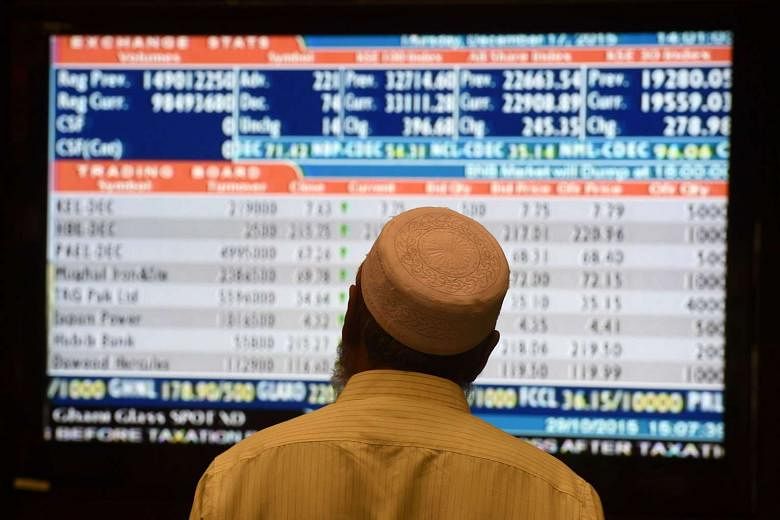Well, the Federal Reserve has finally gone and done it. It raised short-term rates by 25 basis points, and Fed officials predicted four more similar hikes next year. That will bring rates to a range of 1.25 per cent to 1.5 per cent. The era of the much-discussed zero interest rate policy, or ZIRP, has come to an end.
First, the immediate impact. Financial markets had long ago decided that this sort of modest rate hike was inevitable - this week's announcement adds little new information.
Unsurprisingly, markets didn't dive in response (though recent troubles in the junk bond market might be related to anticipation of the Fed's decision). That the Fed met expectations of a rate increase is probably a positive signal for the economy, since it indicates confidence in the recovery. And a rate of 1.25 per cent or 1.5 per cent would give the Fed room to cut rates in response to unanticipated negative shocks in the near future. So, overall, the economic implications of the Fed's move are either negligible or slightly positive.
What's more interesting about this rate hike is the insight it gives into the Fed's decision-making process. Why raise rates now? Core inflation, which excludes volatile food and energy prices, is right at the target of 2 per cent, and historically low labour force participation implies that some slack remains in the job market.
Meanwhile, China's slowdown is threatening global growth, with possible knock-on effects for the United States economy. Other major developed-country central banks are still implementing quantitative easing (QE) via asset purchases and are keeping rates at zero.
In other words, the Fed's move, small as it is, seems oddly hawkish in a global context.
It's worth looking at all the hawkish arguments that have failed to sway the Fed during the seven years since the financial crisis.
Usually, economists think that the main danger from overly easy monetary policy is the threat of runaway inflation.
As soon as the Fed began its programme of QE and zero interest rates in 2009, hawkish economists such as John Cochrane were warning darkly of inflation.
As recently as 2012, respected macroeconomists like Martin Feldstein and Steve Williamson were continuing to sound the alarm about inflation. But inflation never materialised. Slowly, the warnings faded. Cochrane and Williamson even switched to an idea called Neo-Fisherism, which says that low interest rates cause low inflation.
Those who continued to call for rate hikes largely switched to a new argument: Financial stability.
Cheap borrowing, some suggested, would encourage irresponsible use of capital and pump up financial bubbles. Feldstein and other hawks called this hypothesis "reaching for yield". Many people warned of a bond bubble. But if there was a bubble, it never popped.
Stock market volatility, if anything, was unusually low.
Low rates probably did encourage capital investment that otherwise wouldn't have happened, but they didn't cause any speculative manias.
In the end, neither the inflation argument nor the financial stability argument swayed the Fed, which carried through with an ambitious programme of QE and kept rates at zero.
But a new argument succeeded where the others failed: Normalcy.
It simply wasn't normal, hawks began to argue, to keep interest rates at zero for the long term.
In the 1980s, 1990s and early 2000s, the Fed usually had positive interest rates - rates were higher than inflation - and the world seemed to work in a way that made sense. Rate hikes would hurt the economy but curb inflation, while rate cuts would boost both growth and inflation. Many Fed officials yearned for a return to those days.
Of course, there is no guarantee that a return to such a world is possible. Perhaps a rate increase will crush the economy, requiring a quick return to zero rates. But the Fed seems to have decided that the chance of returning to normalcy is worth the risk that a small rate hike might impair the recovery. So the Fed's move tells us something very important - normalcy is of key importance to the people who make policy.
Traditional considerations such as growth, inflation and financial stability sometimes take a back seat to the Fed's desire for a world that makes sense.
BLOOMBERG VIEW

